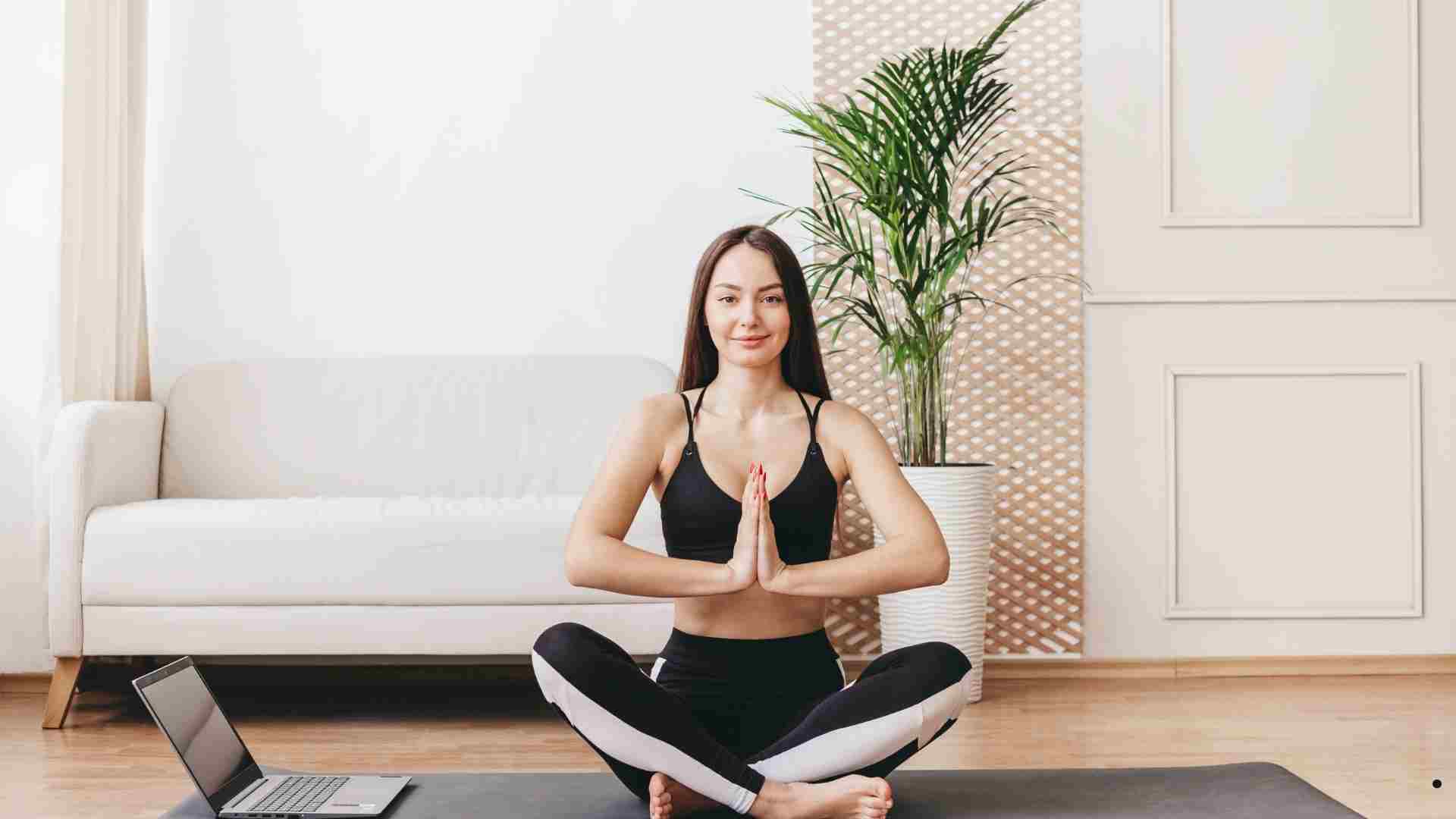The Connection Between Exercise and Mental Health: In today’s fast-paced world, mental health has become a crucial aspect of our overall well-being. Many of us are searching for effective ways to manage stress, anxiety, and depression. One powerful and often underrated solution is exercise. This blog will explore the deep connection between physical activity and mental health, with a focus on how Indians can incorporate exercise into their daily lives for a happier, healthier mind.
The Science Behind Exercise and Mental Health
Exercise is not just about physical fitness; it has a significant impact on our brain. When you exercise, your body releases endorphins, often referred to as “feel-good hormones.” These chemicals improve your mood and reduce feelings of stress and pain. Additionally, regular physical activity increases blood flow to the brain, promoting better cognitive function and emotional regulation.
Key benefits of exercise for mental health include:
- Reduced Stress: Physical activity helps lower cortisol levels, a hormone associated with stress.
- Improved Mood: Exercise has been shown to alleviate symptoms of depression and anxiety.
- Better Sleep: Regular workouts can improve the quality and duration of your sleep.
- Enhanced Self-Esteem: Achieving fitness goals boosts confidence and self-worth.
- Social Interaction: Group activities or sports foster connections, reducing feelings of loneliness.
- Cognitive Benefits: Exercise enhances memory, focus, and overall brain health, which can be especially beneficial for students and professionals.
Best Exercises for Mental Health
- Yoga: A popular choice in India, yoga combines physical postures, breathing exercises, and meditation. It’s excellent for reducing stress and enhancing mindfulness.
- Walking or Running: These simple, accessible activities can be done almost anywhere and are effective for boosting mood and energy levels.
- Dance: Whether it’s Zumba, Bollywood-style dancing, or classical forms like Bharatanatyam, dancing is a fun way to stay active and relieve stress.
- Strength Training: Weightlifting or resistance exercises build physical strength and resilience, which can translate into mental toughness.
- Team Sports: Cricket, badminton, or football not only keep you fit but also encourage camaraderie and teamwork.
- Swimming: This low-impact exercise is soothing for the body and mind, providing a meditative effect as you move through the water.
- Cycling: Whether it’s on city roads or scenic trails, cycling helps clear your mind while keeping you physically active.
How to Start an Exercise Routine
Starting an exercise routine can feel daunting, but small steps lead to big changes. Here are some tips:
- Set Realistic Goals: Start with 20-30 minutes of moderate activity three times a week.
- Choose Activities You Enjoy: You’re more likely to stick with activities that make you happy.
- Create a Schedule: Treat your exercise time as a non-negotiable appointment.
- Involve Family or Friends: Exercising with loved ones can keep you motivated.
- Track Your Progress: Use a journal or fitness app to celebrate your achievements.
- Start Small: Even 5-10 minutes of activity daily can build momentum over time.
- Listen to Your Body: Rest when needed and avoid overexertion to prevent burnout or injury.
Overcoming Barriers to Exercise
For many, the biggest challenge is starting. Here are ways to overcome common barriers:
- Time Constraints: Break workouts into shorter sessions spread throughout the day.
- Lack of Motivation: Try joining a class, hiring a trainer, or setting specific rewards for meeting goals.
- Physical Limitations: Choose low-impact activities like yoga or swimming that accommodate your abilities.
- Monotony: Mix up your routine with different types of exercises to keep it exciting.
FAQs: The Connection Between Exercise and Mental Health
1. How quickly can exercise improve mental health? You may notice mood improvements after just one session, but consistent exercise over a few weeks provides more lasting benefits.
2. Can exercise replace medication for mental health conditions? Exercise can complement treatments like therapy or medication but should not replace professional advice. Consult your doctor before making changes.
3. What is the minimum amount of exercise needed for mental health benefits? Even 15-20 minutes of moderate activity daily can make a difference.
4. Can older adults benefit from exercise for mental health? Absolutely! Activities like walking, yoga, or light aerobics are excellent for seniors.
5. What if I don’t have time to exercise? Incorporate physical activity into your routine—take the stairs, walk during breaks, or try quick home workouts.
6. Are there specific times of day when exercise is most effective? While any time is good, morning exercise can energize your day, and evening workouts can help de-stress.
Real-Life Stories: How Exercise Changed Lives
Ramesh’s Journey: Ramesh, a 35-year-old IT professional, battled chronic anxiety and sleep issues. By incorporating a daily 20-minute yoga session, he not only improved his sleep but also felt more focused and calm during work.
Anita’s Transformation: Anita, a homemaker, found solace in a local Zumba class. The social interaction and fun workout sessions helped her overcome feelings of isolation and boosted her confidence.
Conclusion
The connection between exercise and mental health is undeniable. By making physical activity a regular part of your life, you can experience profound improvements in your emotional well-being. Whether it’s yoga in the morning, a brisk evening walk, or a fun game of cricket, find what works best for you. Remember, every step towards a more active lifestyle is a step towards better mental health. Start small, stay consistent, and watch how both your body and mind thrive.




